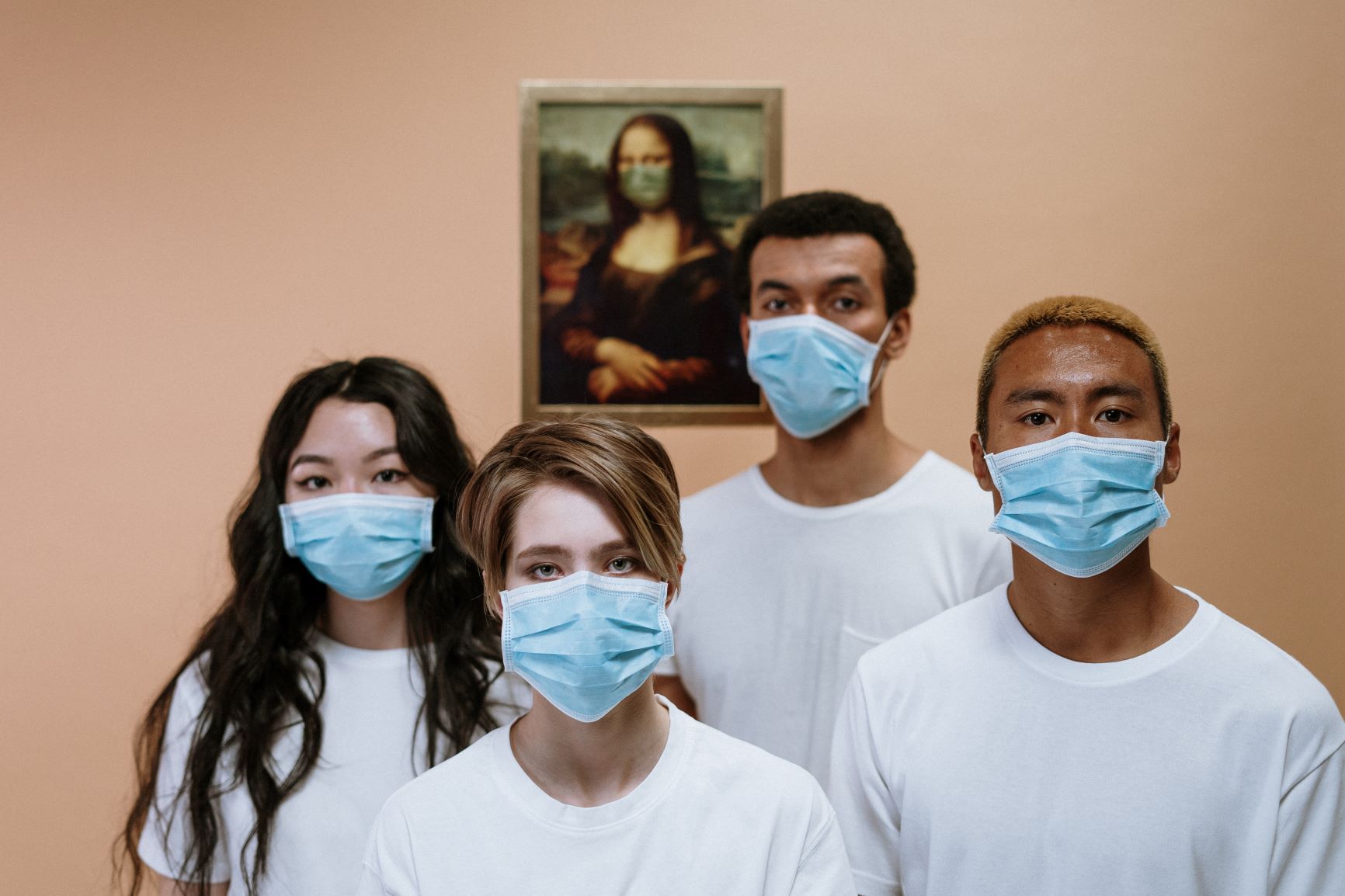The unemployment rate for young people aged 15-24 was 16.4%. This is more than double that of the general population.
–Lawrence Rogers
Last week the Australian Treasurer, Josh Frydenberg, gave an update on how the economy is tracking during the COVID-19 crisis. The news wasn’t good. The economy has already taken a massive blow this year, and it doesn’t look like it’s going to improve any time soon. For young people, the update provided little additional support or certainty for our economic future.
The numbers don’t look good, particularly for young people
Australia’s GDP (Gross Domestic Product) is shrinking. GDP measures the value of economic activity in Australia. It gives us a quick way to understand the overall picture of the economy’s health and performance. Frydenberg indicated that GDP fell 7% from March to June this year. Over the whole of 2020, he expects GDP to have shrunk by 3.75%.
In June, the unemployment rate was 7.5% and we found out the unemployment rate is expected to peak at 9.25% in December. This tells us the crisis is going to worsen for workers in the coming six months.
These numbers matter because we know young people feel the impacts of a shrinking economy more than the average Australian. Young people have less education, experience, and connection to the workforce than older people. This means that when GDP shrinks, and unemployment rises, they find it harder to keep their jobs or get new ones. To demonstrate this, in June, the unemployment rate for young people aged 15-24 was 16.4%. This is more than double that of the general population.
The government’s quick implementation of JobKeeper and JobSeeker was a vital and welcome measure to protect Australians from some of the damage done by COVID-19. These measures are estimated to have lowered the peak of the unemployment rate by around 5 percentage points, preventing the loss of around 700,000 jobs.
Despite this, the government has not done enough to ensure young people aren’t being left behind in this crisis. The update shows that the worst is yet to come for young people’s economic outlook.
The government is failing to support industries at the heart of youth employment
The industries most affected by COVID-19 are the ones which employ mostly young people: hospitality, retail, arts and recreation. Many young people were not eligible for Jobkeeper as they had been employed with their employer for less than 12 months.
Importantly, JobKeeper last week wasn’t extended to other big employers of young people. The government stopped providing childcare workers access to JobKeeper. On top of this, they still refuse to extend JobKeeper to universities. This is despite expectations that the university sector is facing potential cuts of over 20,000 jobs. The government is looking away as the casual and part-time jobs these industries provide to young people dry up.
At the same time, the government is making life harder for unemployed people
People on JobSeeker will soon have to apply for four jobs a month to meet mutual obligation requirements. As highlighted above, last week's economic update shows the number of available jobs is expected to decrease until December, and recent reports indicate that there are 13 unemployed people for every available job. Despite this, the government has decided to force many into futile job searches while the economic crisis is still unfolding.
Young people are facing uncertainty as the government crafts its recovery plan
When the federal budget comes in October, the government will give us a clearer picture of how they will (or won’t) support the economic recovery of young people.
In the meantime, the government has indicated that it will continue to pursue industrial relations reforms which are fundamental to securing our rights at work. At the update, Frydenberg said “Our view is that those flexibilities that apply both to the employer and give them the ability to change duties, to change hours and to change the location of staff should be continued”.
This is a concerning development for young people, who are already more vulnerable to exploitation and precarity in the workplace.
Want to take action? You can sign the petition to #RaiseTheRateForGood here




